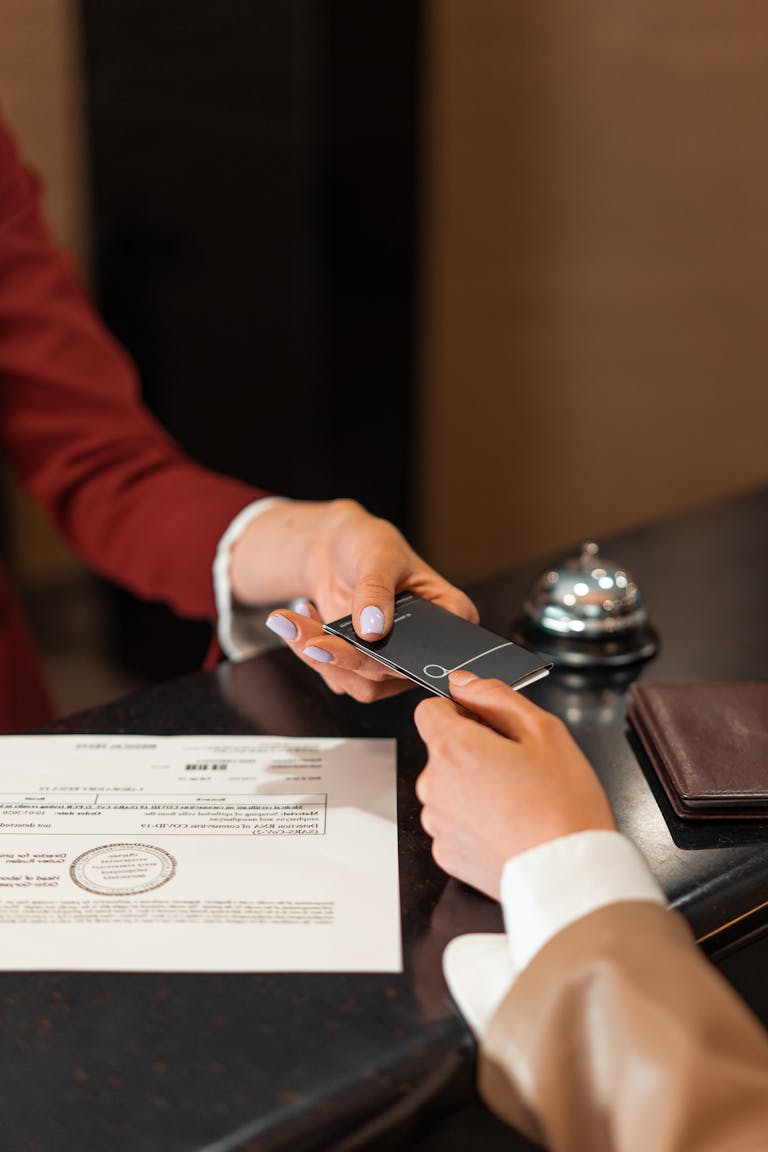As therapists, we’re often taught that client care is the heart of our work, but running a private practice involves much more than just providing care during sessions. Many therapists focus their energy on improving marketing efforts, hoping that better visibility and outreach will lead to more clients. But here’s the thing: even the best marketing won’t get you far if your client communication isn’t on point.
Let’s stay there for a moment – You really could have the best marketing strategy in place, attracting potential clients to your website or social media pages, but if those inquiries aren’t handled well—or at all—those potential clients will slip away, often unnoticed. The way you communicate with potential clients—the follow-up to their inquiry, the ease of scheduling, and how reachable your practice is—plays a massive role in whether or not they convert into ongoing clients. Marketing might get them to your door, but communication is what brings them inside.
It’s Not Just About Being Found—It’s About Being Available
Many therapists believe that client acquisition ends with the marketing process. After all, if potential clients are landing on your website or seeing your name online, your marketing efforts are clearly working, right? Not quite.
Clients reaching out to your practice is just the first step. The true conversion happens when they feel seen, heard, and can easily get in touch with you. Even if you have a brilliant website or a polished online presence, if clients can’t get through to you, they’re going to move on.
Example: A potential client finds your website and fills out your contact form. They’re eager to start therapy and are ready to make that first call. But instead of hearing back within 24 hours, a few days goes by before they hear a response. By that time, they’ve already booked an appointment with another therapist who responded quicker.
You might be managing a busy schedule, but clients don’t know that. If they can’t reach you or don’t hear back promptly, it reflects poorly on your practice or simply prevents someone from investing further in it. We know therapy clients often reach out in moments of vulnerability or distress, and they may not have the patience to wait days for a response. If a potential client contacts your practice, and it takes too long to get back to them, you’ve likely already lost them to someone else. Conversion often hinges on how quickly and professionally you can follow up.
That said, let’s try another example: You might have been in back-to-back sessions when a new call came in. By the time you’re able to check your phone, you see the missed call alert, but there’s no voicemail. Hoping it could be a potential client, you take a shot at it anyway and call the client back right away. You reach their voicemail, and maybe even leave a message, but never hear back from them again. That’s a lost client.
So what’s the solution here? Let’s start with this gem to remember: Follow-Up Speed is Key to Conversion. Having an efficient system for responding to inquiries ensures that no potential client slips through the cracks. This is where a virtual receptionist could step in, handling the communication flow and ensuring potential clients receive immediate responses. Whenever a client calls, emails, or submits an online form, their request is attended to promptly. This not only elevates the professionalism of your practice but also keeps clients engaged from the start, and prevents them from moving onto the next practice.
Beyond the Contact Form: Make Scheduling Easy
Many therapists rely heavily on their contact form as the first point of contact. While this might seem efficient, it can often create a barrier for clients seeking immediate help. Some therapists don’t even include a phone number on their website, assuming the contact form will do the job. But think about it—how often have you, as a consumer, filled out a contact form for a health service versus making a direct call or booking an appointment on the spot?
Clients seeking therapy are often looking for fast, clear access to help. They may not want to wait for an email reply after submitting a form—they want to book a session right now. If your website lacks a direct scheduling option, you risk losing that potential client to a practice that offers more immediate booking.
According to research by business software review site GetApp, 70% of clients prefer booking online, and businesses that offer online booking see a 40% increase in appointments. This is a significant shift, especially for therapy practices where clients may be seeking services during emotionally urgent moments. They’re often looking for real-time solutions, not back-and-forth email exchanges or delays in communication. So, if you’re not offering a quick and easy way to schedule—whether for an intake or even a simple consultation—clients may quickly and conveniently schedule themselves with the therapist who does.
Solution: Reduce any barriers to scheduling. This could include a direct online booking system for new clients, whether for an actual intake appointment or a phone consultation. This can dramatically increase conversion rates! And once a client schedules an appointment, it’s in their calendar and they are that much more likely to attend, meaning you have successfully accomplished conversion without having to do any additional work.
Offering Multiple Communication Channels is Key
We just pointed out how clients today expect convenience; well, this also means, not everyone wants to communicate in the same way. Some prefer phone calls, others feel more comfortable with email, and many are looking for more immediate, casual options like web chat or text messaging. By offering multiple channels of communication, you increase your accessibility and appeal to a broader range of clients—ultimately improving conversion rates and retention.
Recent studies show a clear shift in how people prefer to communicate with businesses, including health and wellness providers. According to a report by Forrester, web chat can increase conversion rates by up to 45%, largely because it allows for immediate, real-time interaction. Clients are able to ask questions and get answers without the formality or delay of email or the commitment of a phone call. In fact, web chat is becoming one of the most preferred methods for first contact with potential clients, especially for younger demographics who favor digital communication over traditional methods.
If you rely solely on a contact form, email, or even phone calls, you may be losing out on potential clients who prefer the convenience and immediacy of text-based communication. Offering web chat and SMS can provide a more comfortable entry point for those who may be hesitant to make that first phone call. Moreover, these channels give you flexibility for follow-ups. A potential client who might not answer a phone call, possibly because they’re at work or maybe they’re screening the call, could easily respond to a text or web chat message. The key is providing options—when clients can reach you in the way that works best for them, they’re more likely to engage and stick with your practice.
Solution: A virtual receptionist can manage these different communication channels seamlessly, responding to inquiries across platforms like phone, SMS, and web chat, ensuring no client preference is overlooked. This ensures you’re not missing out on connecting with potential clients simply because you don’t have the capacity to handle multiple communication methods yourself. It’s an effortless way to make your practice more accessible and client-friendly, without adding more administrative tasks to your plate.
Virtual Receptionists: The Ultimate Solution
If managing all of this communication sounds overwhelming, that’s where a virtual receptionist comes in. While you’re busy in sessions, a virtual receptionist can ensure that inquiries are responded to promptly, appointments are scheduled, and follow-ups are handled professionally.
Virtual receptionists are trained to handle client inquiries with care, answer questions, and ensure your practice runs smoothly behind the scenes. They’re the key to making sure clients feel valued and attended to from the first contact, thus playing a pivotal role in client conversion. You take care of the marketing, and the receptionist takes care of the booking!
Happy Highlight
Success in private practice isn’t just about marketing and being found—it’s about being available and responsive once the clients have found you! Ensuring that every inquiry is handled promptly and conveniently can be the difference between a potential client booking that first session or moving on to the next therapist. By incorporating systems like virtual receptionists, you’re not just improving communication; you’re elevating your practice’s professionalism and ability to convert inquiries into ongoing clients.







